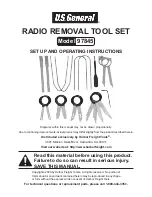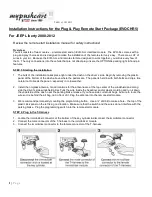
Seat Belts
25
1
SEAT BELTS
Ensure that all seat belts
are worn correctly - an
improperly worn seat belt
increases the risk of death or
serious injury in the event of a
collision.
To minimise injury in the event of an accident, it is
important that seat belts are worn correctly. Read the
instructions below and the advice contained under the
heading
‘Seat belt safety’ on a previous page.
Fastening the belt
NOTE: Do not allow foreign
matter (particularly sugary food
and drink particles) to enter the
seat belt buckles - such
substances can render the
buckles inoperative.
Pull the seat belt steadily over the shoulder and across the
chest and, ensuring the webbing is not twisted, insert the
metal tongue plate into the appropriate buckle - a ‘click’
indicates that the belt is securely locked.
NOTE: Where possible, rear seat
passengers should adjust their
position to enable the seat belt
webbing to cross the shoulder
without pressing on the neck.
Seat belts are designed to bear upon the bony structure of the
body (pelvis, chest and shoulders) and can only be worn safely
with the seats in a near-upright position; DO NOT allow the
front passenger to travel with the seat steeply reclined (see also
‘Seating positions’ in the ‘Airbag SRS’ section of this
handbook).
Releasing the belt
Press the red button on the seat belt buckle.
H2731
Summary of Contents for Seventy Five
Page 205: ......
















































